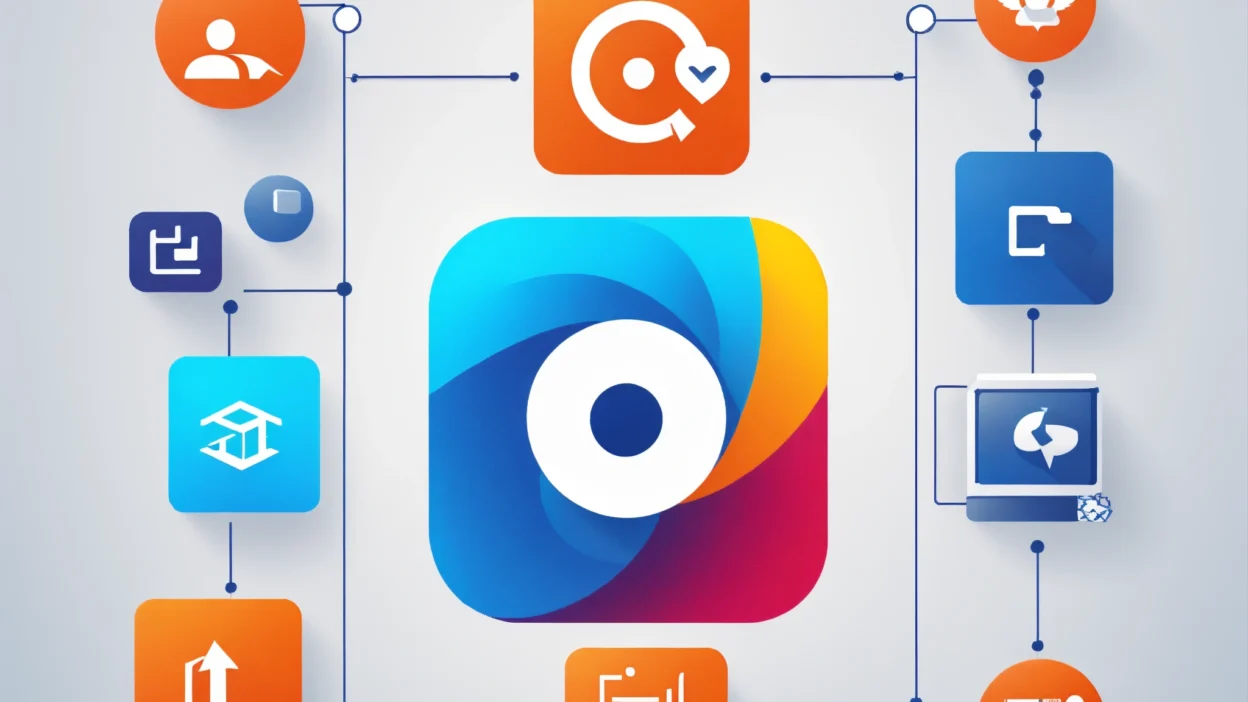Understanding Edge AI Applications
Edge AI, a cutting-edge technology, brings AI capabilities to local devices. It processes data locally, reducing latency, enhancing security, and conserving bandwidth. This technology allows devices to function efficiently even in areas with limited or no cloud connectivity. Let’s explore its impact across industries.
1. Healthcare: Enhancing Patient Care
Edge AI plays a vital role in healthcare. It supports remote patient monitoring, disease detection, and personalized treatment. Wearable devices equipped with Edge AI analyze vital signs in real time, enabling quicker responses to potential issues. This reduces emergency visits and improves health outcomes. Additionally, Edge AI aids in medical research by helping analyze vast amounts of data, advancing targeted treatments.
2. Retail: Personalizing Shopping Experiences
Edge AI transforms the retail sector by enabling personalized shopping. It helps optimize inventory management and streamline store operations. Real-time data analysis of customer behavior allows retailers to offer targeted promotions. Automated checkout systems powered by Edge AI enhance customer satisfaction by reducing wait times. Retailers also use Edge AI for predictive stock management, ensuring high-demand products are always available.
3. Smart Cities: Improving Urban Living
Smart cities leverage Edge AI for traffic management and public safety monitoring. Processing data at the network’s edge allows cities to respond quickly to emergencies. Edge AI can optimize traffic light timing, reduce congestion, and lower emissions. In public safety, AI analyzes video feeds, helping authorities detect suspicious activities. Additionally, Edge AI contributes to energy efficiency, optimizing consumption in streetlights and public buildings.
4. Manufacturing: Boosting Efficiency and Safety
In manufacturing, Edge AI supports predictive maintenance, quality control, and worker safety. Real-time sensor data helps prevent equipment failures and reduce downtime. It ensures products meet quality standards by identifying defects during production. Moreover, Edge AI monitors worker safety, ensuring adherence to safety protocols and reducing accidents.
5. Agriculture: Advancing Precision Farming
Edge AI is transforming agriculture through precision farming. Sensors and cameras on farming equipment monitor soil health, crop conditions, and weather patterns. This data helps farmers make informed decisions on irrigation and pest control, leading to higher yields and reduced environmental impact. Additionally, Edge AI monitors livestock health, providing early alerts to potential issues.
6. Autonomous Vehicles: Enabling Smarter Transportation
Edge AI is critical in the development of autonomous vehicles. It processes data from sensors and cameras, enabling real-time decision-making. This reduces reliance on cloud computing and ensures vehicles respond quickly to their surroundings. With Edge AI, autonomous vehicles can detect obstacles, navigate traffic, and adapt to road conditions, improving safety and performance.
Conclusion: The Future of Edge AI
Edge AI is reshaping industries by enabling real-time decision-making and fostering innovation. Its ability to process data locally reduces latency and enhances security. As this technology continues to evolve, its impact will grow, driving advancements across sectors. Edge AI is crucial for developing smarter, more efficient systems. The future holds immense potential as more industries adopt this transformative technology.





